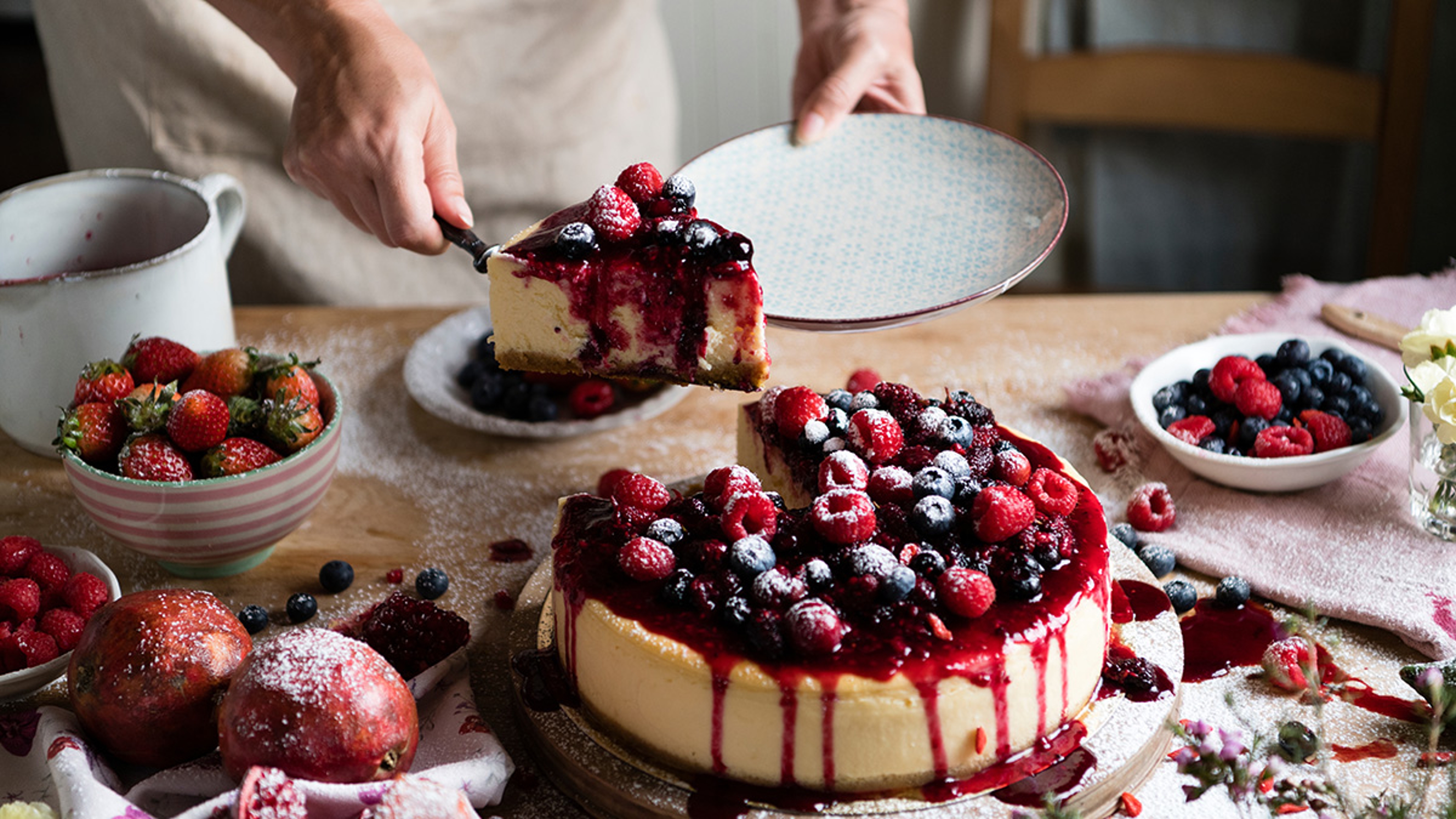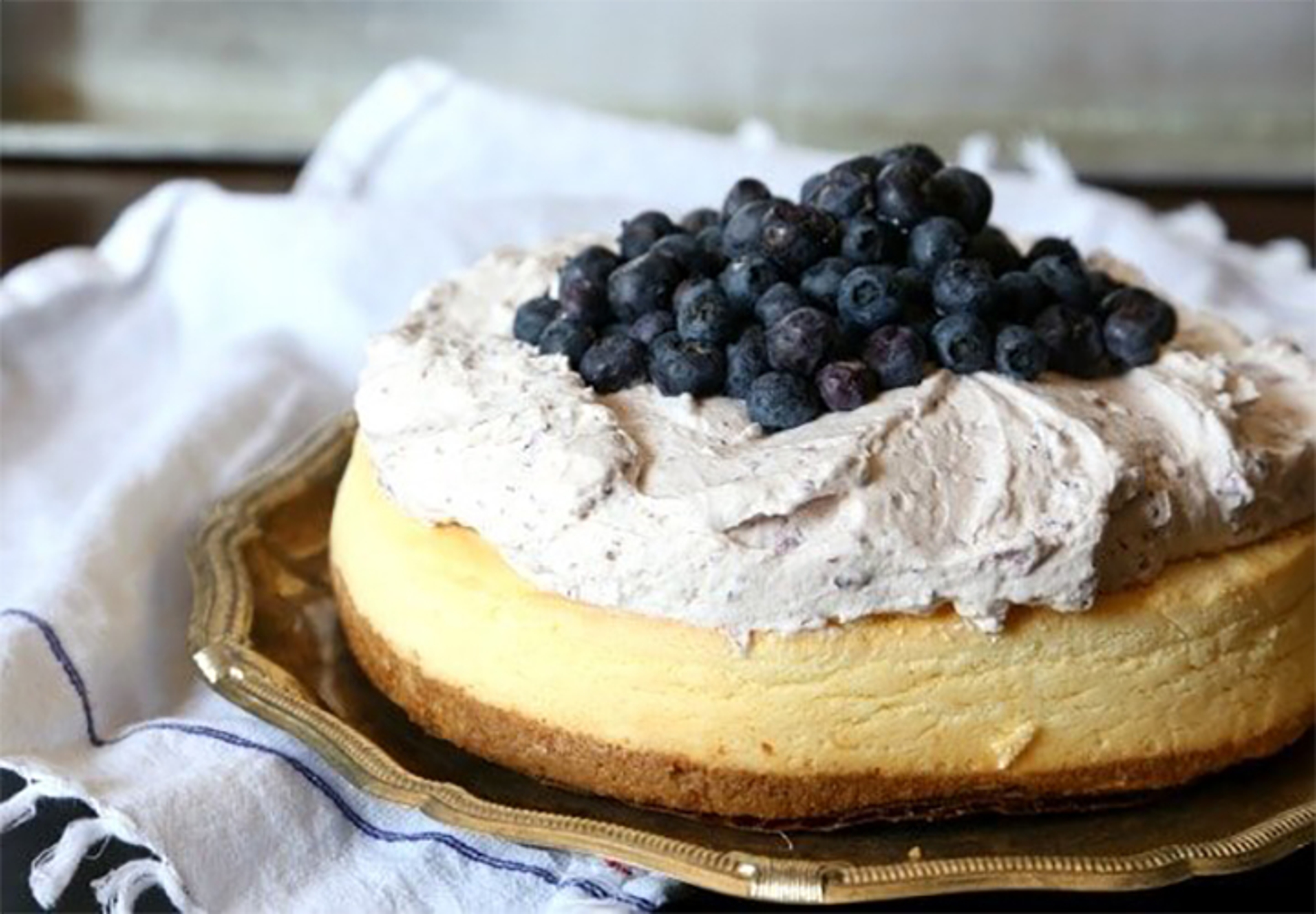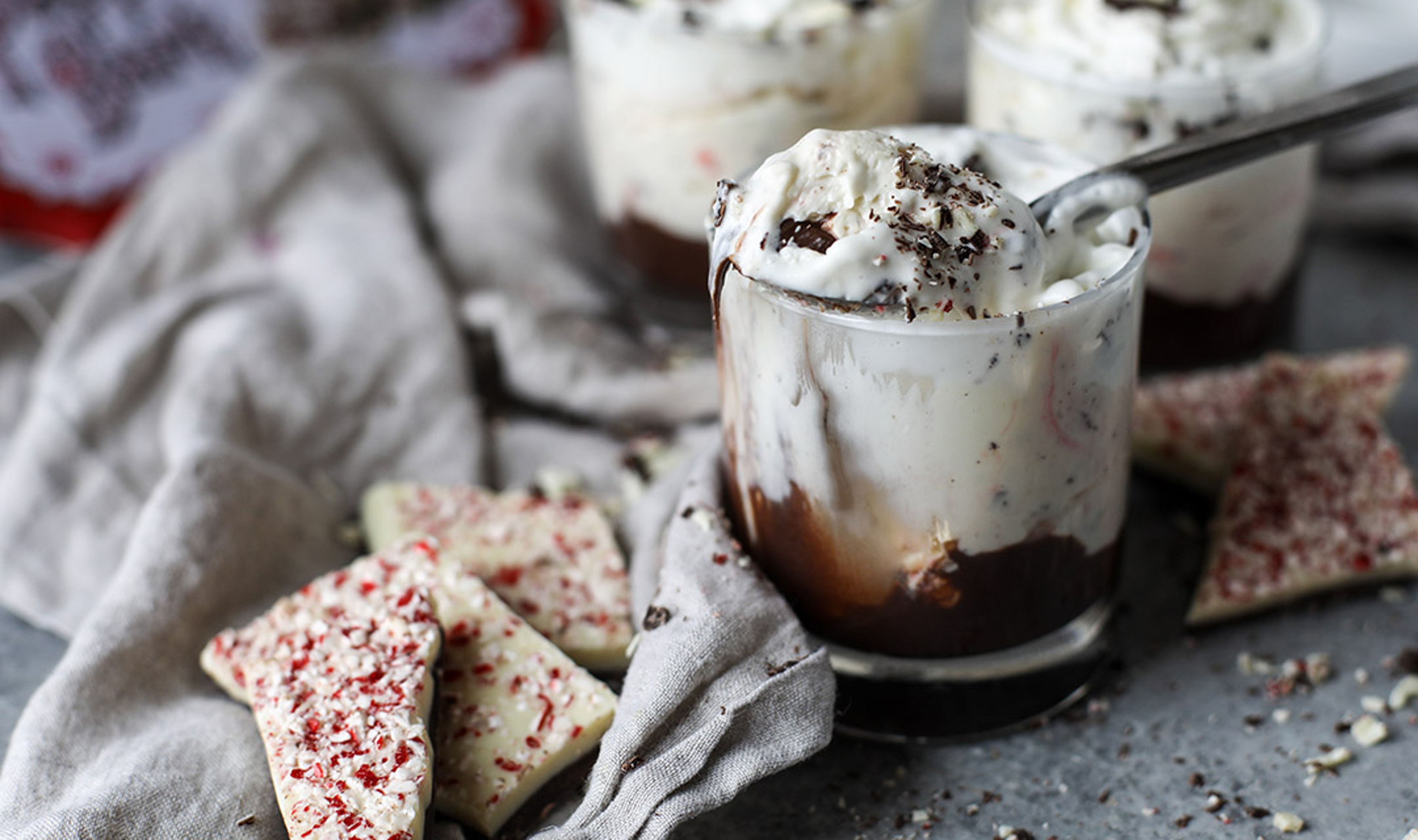Everything You Need to Know About Cheesecake
Despite its name, it may not be a cake at all. Mind blown, right?
Jul 21, 2025
Cheesecake. It’s rich. It’s creamy. It’s an endlessly versatile dessert.
Whether you love it dense and classic New York-style, airy like a Japanese cloud, or bright with ricotta, cheesecake’s long and flavorful history has led to dozens of beloved variations. Let’s dive into its sweet origins, explore its many global styles, and reveal a showstopping collaboration that just might redefine what cheesecake can be.
Where did cheesecake come from?
Cheesecake dates back more than 4,000 years to ancient Greece, where it was made with fresh cheese, honey, and wheat flour. Cheesecake was served at weddings — brides would make one and feed it to their husbands — and even fed to Olympic athletes for energy, making it one of the earliest known performance snacks.
The Romans, who were building their empire, felt they even needed to conquer baked goods. When they finished conquering Greece in the first century BC, they took the cheesecake concept with them. They added eggs and baked the mixture under hot bricks, creating a more structured dessert that more closely resembles the cheesecake we know today.
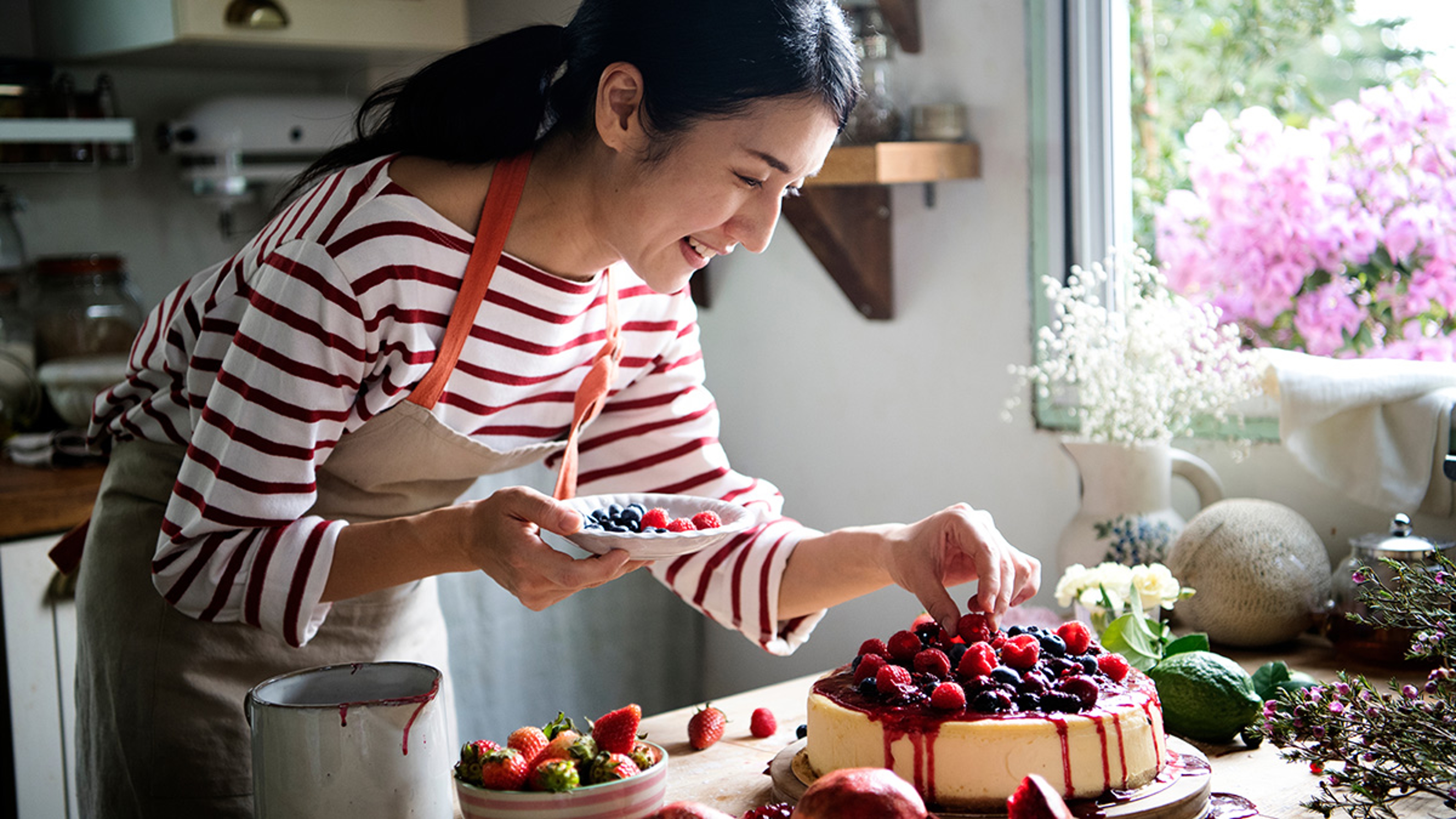
What’s the Roman recipe?
The earliest known cheesecake recipe dates back to ancient Rome, recorded by the Roman statesman Marcus Porcius Cato, also known as Cato the Elder, around 160 BCE in his agricultural treatise, De Agri Cultura. In it, Cato documents a simple cake called Savillum, which bears a strong resemblance to today’s cheesecake. The original Savillum recipe called for:
Fresh cheese (likely a soft curd cheese similar to ricotta)
Flour
Honey
Egg
A poppy seed garnish
Fast forward more than 1500 years to find the recipe in the world’s first cookbook. Published in England in 1545, A Propre new booke of Cokery, includes a recipe for “Tarte of Chese.” Want to make it? Just follow these steps:
Take harde chese and cut it in slyces / and pare it / than laye it in fayre water or in swete milke the space of thre houres / than take it vp and breake it in a morter tyll it be small / than draw it vp thorow a strainer with the yelkes of vi egges and ceason it vp with suger and swete butter / and so bake it.
Even though this recipe is written in English, here’s a translated version of it… in English.
To make a Tart of Cheese:
Take hard cheese and cut it in slices / and pare it / then lay it in fair water or in sweet milk the space of three hours / then take it up and break it in a mortar till it be small / then draw it up through a strainer with the yolks of 6 eggs and season it up with sugar and sweet butter / and so bake it.
How did cheesecake make its way to the United States?
As the Roman Empire expanded, so did the popularity of cheesecake. By the 19th century, European immigrants brought a variety of cheesecake recipes to America, where one key innovation changed everything: cream cheese.
In 1873, William A. Lawrence, a dairyman from Chester, New York, became the first to mass produce an unripened fresh cheese known as Neufchatel. By adding cream to the process, he developed a richer cheese that he called "cream cheese." This ingredient quickly became a staple in American delis and kitchens and transformed the future of cheesecake. (And bagels!)
Why is New York synonymous with cheesecake?
Cream cheese became the cornerstone of what would soon be known as New York-style cheesecake, which began to take shape in the early 1900s. Jewish delis and bakeries in the city embraced the ingredient, crafting dense, ultra-rich cheesecakes that stood apart from their European predecessors.
Among the first to popularize this style was Arnold Reuben, owner of the iconic Reuben’s Restaurant and Delicatessen in Manhattan. Inspired by a cheese pie he tasted at a dinner party, Reuben developed his own version using cream cheese — and helped define a dessert that would become a symbol of New York indulgence.
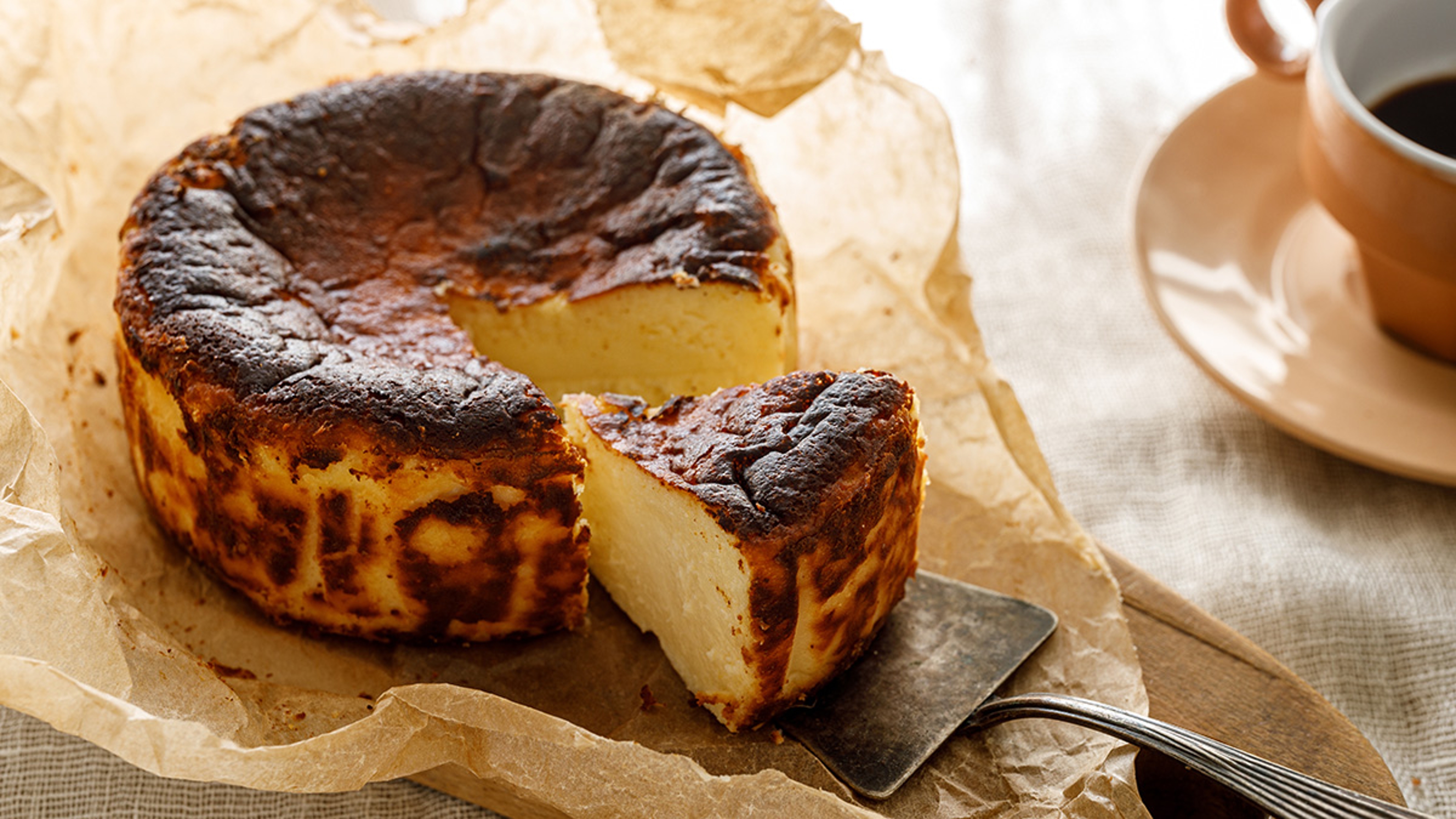
Beyond New York: Styles of cheesecake around the world
Japanese: Light, souffle-like, and gently sweet, this version uses whipped egg whites to create a fluffy texture.
Italian: Made with ricotta cheese instead of cream cheese, it’s slightly grainier and often brightened with citrus zest.
Chicago: Creamy on the inside, firm on the outside, this version includes sour cream for tang and structure.
Other cheesecake styles: From the caramelized-topped burnt Basque cheesecake to German quark-based versions and even savory cheesecakes, there’s a world of variety for every palate.
What are the basic ingredients in a classic cheesecake?
Traditional cheesecake is made with cream cheese, sugar, eggs, and vanilla. Some recipes include sour cream or heavy cream for extra richness and silkiness.
Three Very Different Cheesecakes
What kind of crust does a cheesecake have?
The go-to crust is crushed graham crackers and melted butter, but there are plenty of twists: chocolate cookies, crushed shortbread, or even pretzels for a sweet-savory crunch.
A new cheesecake enters the fray
Just when you thought there couldn’t be any more cheesecakes, something bold and new has been baked to perfection. Behold, the Harry & David x Cheryl’s Cookies Buttercream Cookie Dough Cheesecake.
Inspired by Cheryl’s beloved buttercream frosted cookie dough cookie, this decadent 2-pound, 4-ounce dessert features a graham cracker crust, a cookie dough–chocolate chip–infused New York-style base, and a thick layer of buttercream and cookie dough pieces on top. It’s cheesecake meets cookie, and it’s every bit as indulgent as it sounds.
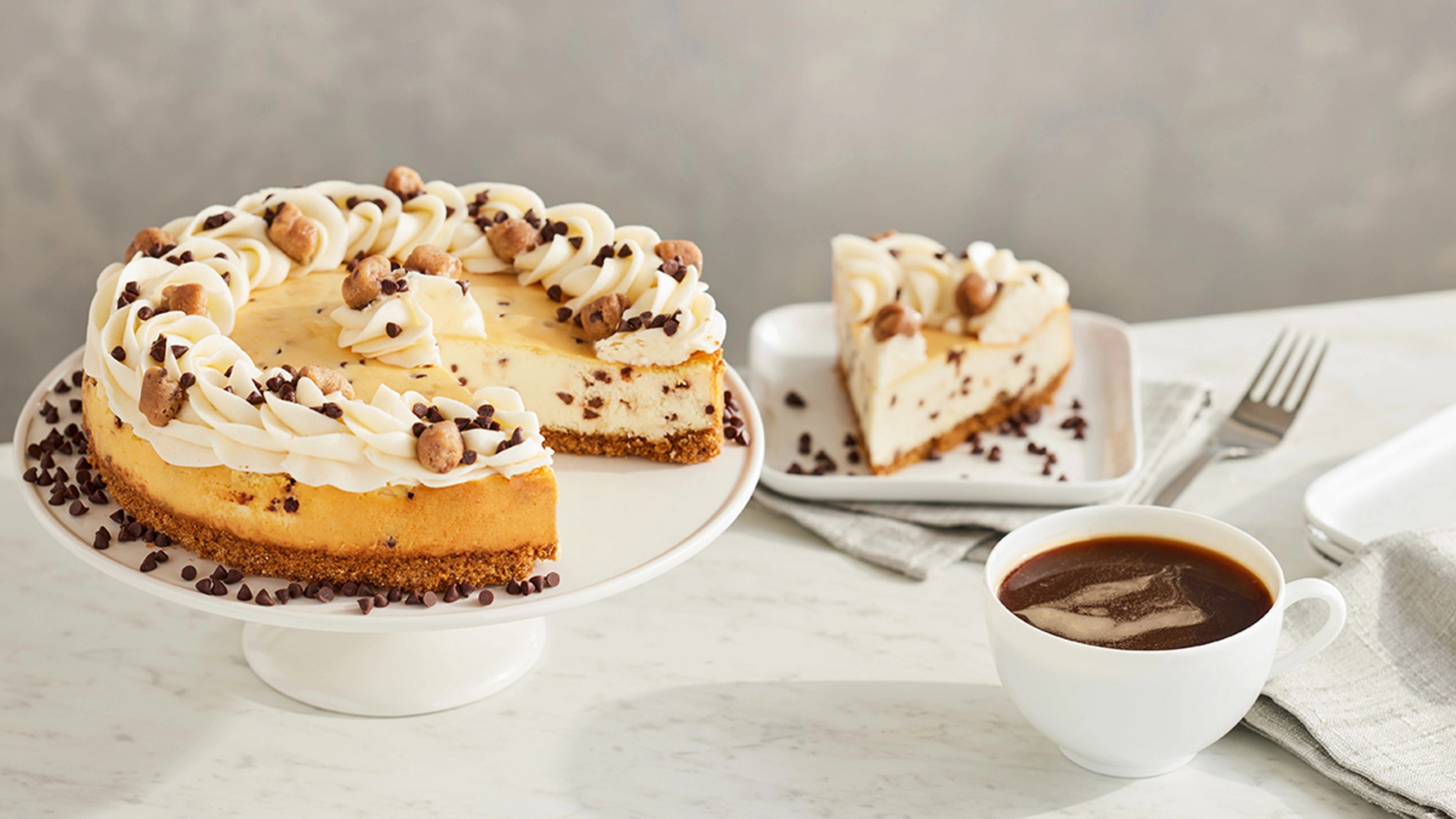
Does a cheesecake have to be baked?
Nope. No-bake versions skip the oven and rely on refrigeration to set. Try a no-bake filling made with cream cheese, sugar, heavy cream, and vanilla extract; blend until smooth, pour over your crust, and enjoy.
Can you make a vegan cheesecake?
Absolutely! Those avoiding animal products should be able to enjoy one of life’s greatest desserts. Vegan cheesecakes often use cashews, coconut cream, or non-dairy cream cheese to replicate the luscious texture of the original without compromising flavor.
Is cheesecake a cake or a pie?
Despite its name, cheesecake is technically closer to a pie. It has a crust, a custard-like filling, and no flour in the batter — more in line with pies and tarts than traditional layer cakes.
READ MORE: Our Favorite Types of Pies
Is there a day to celebrate cheesecake?
Of course there is! What kind of question is that? National Cheesecake Day is July 30. The most delicious way to celebrate is with a slice of your favorite cheesecake. We have suggestions…
.svg?q=70&width=384&auto=webp)

